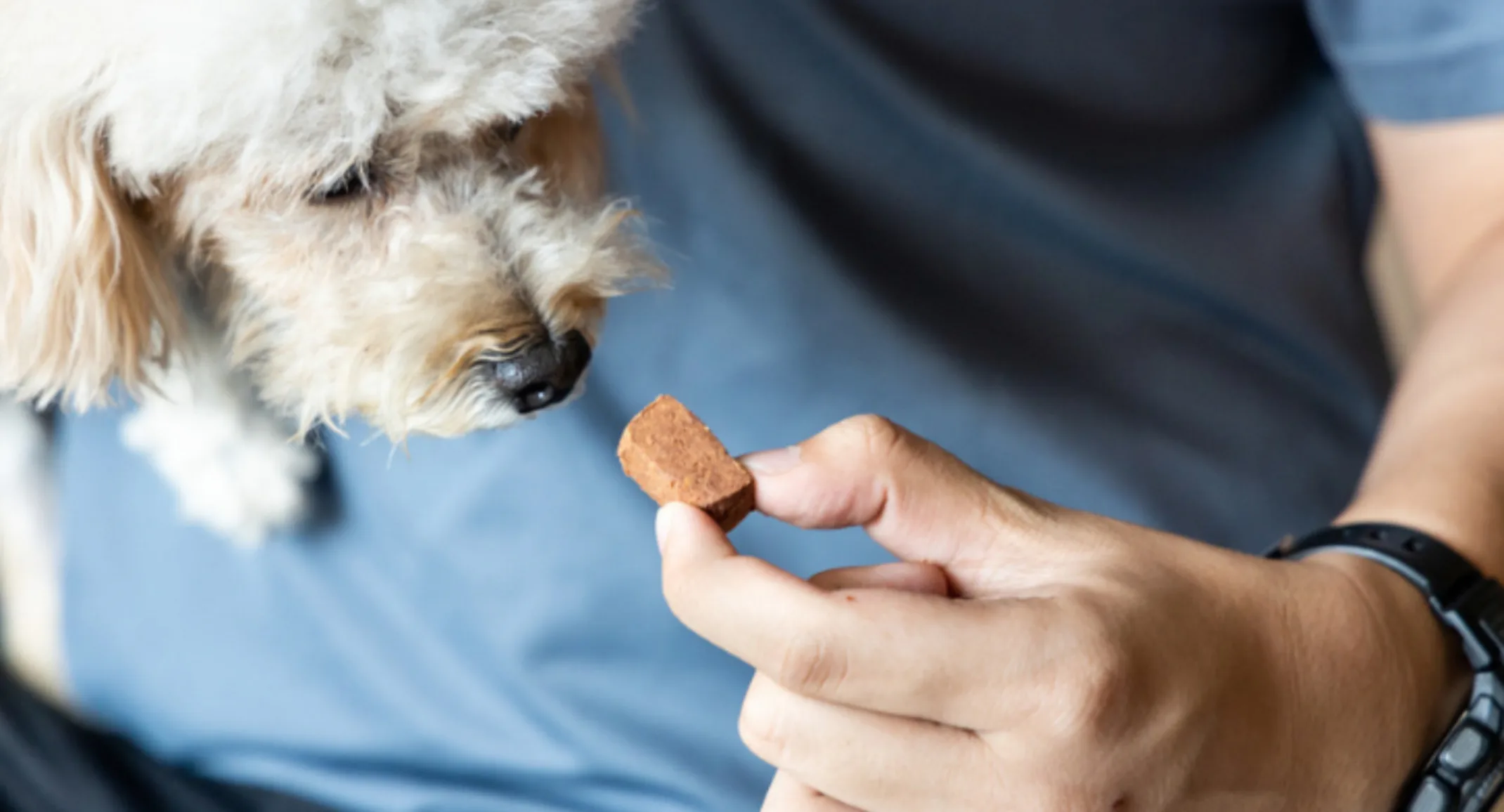What You Need to Know About the Long-term Effects of Pet Obesity
Health Tips

Did you know you may be literally killing your pet with kindness?
That’s right, those daily treats you give your pet may give the illusion that all is well, but the reality is that the extra treats and the resulting extra weight are causing lasting damage to your pet’s internal organs, bones, and joints — some of which can never be remedied even with a change in diet and exercise.
Worried yet?
According to veterinarians across the U.S., more obese pets than ever are showing up in their clinics and the trend does not appear to be slowing. It is not surprising that excess weight can take as much of a toll on an animal’s body as it does on a human’s body. While some of the effects of obesity can be reversed through attentive diet changes and increased physical activity, there is some damage that can only be mitigated by the change of habits. Some damage will remain for life, and the longer the excess weight is on the body, the more severe the damage to the body will be.
Research is the first step toward making the changes that will grant you and your pet longer lives in which you can enjoy each other’s company. Here then, are some ways to identify whether your pet is overweight or obese, along with a few beginning steps on how to reverse the damage before it’s too late.
What Kinds of Changes Should You Look Out For?
Many pet owners will not notice their dog or cat has been gradually putting on extra weight until the animal starts slowing down significantly. More often it is the animal’s regular groomer or veterinarian that will notice your pet’s physical changes. To do a check on your pet, feel around its midsection while your pet is standing. The ribs and spine should be easy to feel, and on most pets there should be a tucked in, or slight hourglass shape to the waist. If you cannot easily feel your dog or cat’s ribs or spine, and the tucked-in waist has thickened considerably enough to give the animal a more tubular shape, it is time for you to consult with your veterinarian about a weight loss regimen for your pet.
What Harm Can a Few Pounds Do?
According to recent findings by the Association for Pet Obesity Prevention (APOP), more than 45 percent of dogs and 58 percent of cats can be classified as overweight or obese. A gain of even a pound or two of additional fat on some dogs and cats can place significant stress on the body.
Some of the conditions that can occur as a result of excess weight are:
Exercise intolerance, decreased stamina
Respiratory compromise (breathing difficulty)
Heat intolerance
Hypertension (high blood pressure)
Diabetes or insulin resistance
Liver disease or dysfunction
Osteoarthritis (lameness)
Increased surgical/anesthetic risk
Lowered immune system function
Increased risk of developing malignant tumors (cancer)
What Can Be Done to Alleviate the Damage?
In many cultures, the sharing of food is regarded as a loving gesture, but the most loving thing you can do for your overweight pet is to put it on a diet. This is the only way to ensure that your pet will have the best opportunity for a life that is full of activity and good health. Besides, there are lots of healthy treats available, and lots of loving gestures you can share with your pet without worrying about them leading to weight gain.
Talk to your veterinarian about a good reduced-calorie food and exercise plan that will specifically benefit your pet’s age, weight and breed, and you will be on your way to getting your pet on the road to recovery before it is too late.
